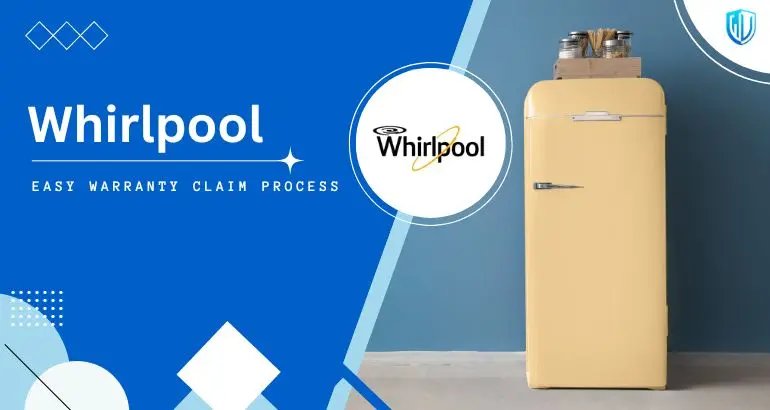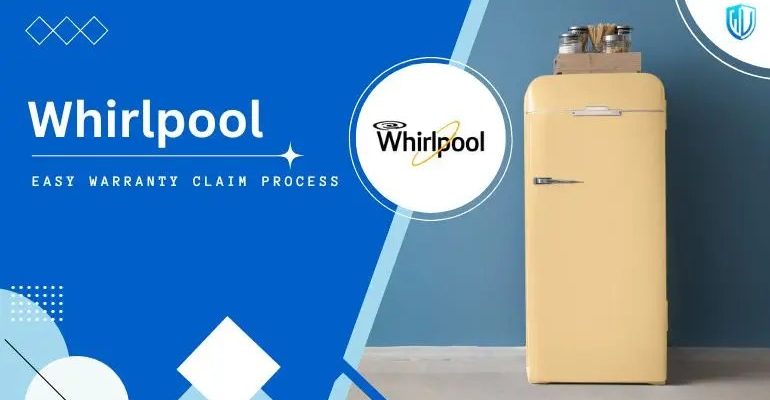
Think of a warranty like a safety net or a handshake promise from Whirlpool, saying, “If something goes wrong with your oven under normal use, we’ll help fix or replace it.” But here’s the thing — just having that warranty is half the battle. Knowing how and when to claim it is what actually helps you get that support without running in circles. So, if you’ve got a Whirlpool oven or range that’s misbehaving, let me explain how to navigate the warranty claim process step-by-step.
Understanding Your Whirlpool Oven & Range Warranty
Before diving into the claim itself, it’s super important to understand what your Whirlpool warranty actually covers. In most cases, Whirlpool offers a **limited warranty** on their ovens and ranges, typically lasting one year from the purchase date. This warranty usually covers any defects in materials or workmanship, which means if your oven won’t heat properly or the controls stop working, that should be on them.
However, the warranty won’t cover everything. For example, wear and tear, damage caused by misuse, or accidental spills inside the oven are often excluded. Also, some parts like knobs, filters, or batteries might not be covered under the standard warranty. Knowing this upfront saves you from expecting the impossible.
Take a moment to locate your **purchase receipt** and the warranty booklet that came with your appliance. These documents are your best friends during the claim because they contain the details on coverage length, terms, and important contact info. If you don’t have the paperwork, Whirlpool often lets you check warranty status online by entering your oven’s model and serial number.
Step 1: Identify the Problem and Gather Information
Here’s where many people get stuck: figuring out what exactly is wrong. Is the oven not heating at all? Does it heat unevenly? Maybe the digital timer or remote functions are acting weird? Take your time with this part. Write down everything you notice, including any error messages or strange sounds.
You might want to check simple troubleshooting steps first, like making sure the appliance is plugged in, the circuit breaker hasn’t tripped, or the controls are set correctly. Whirlpool’s user manuals often include a troubleshooting section that’s surprisingly helpful for these first checks.
Also, collect all the crucial info you’ll need to claim your warranty smoothly:
- Model and serial number: Usually found on a sticker inside the oven door or on the back.
- Proof of purchase: Receipt or invoice showing when and where you bought it.
- Description of the problem: Clear, simple notes or photos of any error codes or visible damage.
Having this info ready can speed things up when you reach out to Whirlpool’s support.
Step 2: Contact Whirlpool Customer Service
Now that you’ve got your info together, it’s time to make contact. Whirlpool’s customer service team is your direct line to getting that warranty claim moving. You can call them, use their online support portal, or even chat if that’s available.
When you get on the phone or start a chat, be prepared to explain the problem carefully. Use the details you gathered — model, serial number, when you bought it, and exactly what’s not working. This helps them figure out if your issue is covered under warranty right away.
Here’s the thing: sometimes they might walk you through a few quick troubleshooting steps to rule out simple fixes — like resetting the oven or checking if a fuse is blown. Don’t get frustrated. Often, this saves you a service call or replacement later.
If service or a part replacement is necessary, Whirlpool will usually schedule a technician visit or direct you to an authorized service center. Keep a record of the case number or any reference number they give you. This keeps the claim organized and traceable.
Step 3: Schedule a Repair or Replacement
Once Whirlpool confirms your issue qualifies under warranty, the next step is setting up the repair or replacement. This part depends on your location and service availability. Sometimes, they’ll send a tech to your home; other times, they might ask you to bring the oven or range into a service center.
If they send a technician, make sure to clear your schedule and have the appliance accessible. It’s a good idea to ask how long the repair might take and whether parts are typically in stock. Sometimes ordering parts can add days or weeks to the process.
If replacement parts are needed, Whirlpool will often cover the cost under warranty. However, if your oven is beyond simple repair—say, damaged by accident or too old for parts—they might offer a replacement unit under certain conditions.
One tip: keep all receipts or records from the repair service. This will be useful if you need to follow up or escalate the claim.
Step 4: Understand What’s Not Covered and What That Means
Here’s a bit of reality to keep in mind. Your Whirlpool warranty is designed to cover faulty parts and workmanship — not everything. So if your oven stopped working because of user error, like spilling sugary syrup into the heating element or using the wrong cleaning products, Whirlpool’s warranty might not help.
Similarly, some damage from power surges or improper installation might fall outside the warranty. That’s why it’s smart to read the fine print or ask customer service for clarity.
If your claim isn’t covered, you still have options. Whirlpool usually offers out-of-warranty repair services for a fee. You might also find third-party repair shops that specialize in Whirlpool appliances if you’re looking for potentially cheaper or faster fixes.
Step 5: Keep Your Warranty Valid With Proper Use and Maintenance
Honestly, the easiest way to avoid hassle with warranty claims is to treat your oven well from the start. Follow the user manual’s instructions on cleaning, maintenance, and usage. For instance, don’t slam the oven door or use harsh chemicals that can damage components.
Also, keep your **purchase receipt** and warranty documents in a safe place. Registering your appliance online with Whirlpool right after purchase can help too—it usually makes the claim process smoother.
If your oven has a digital control panel or wireless features, keeping its software or firmware updated can prevent random glitches that sometimes cause error codes or unresponsive controls. Some models allow resetting or pairing remotes for better syncing — simple steps that can fix minor issues without a service call.
Bonus Tips: When Troubleshooting Meets Warranty
Sometimes, you might find yourself stuck between troubleshooting and claiming warranty. Here’s a little trick: always try the basic fix-it steps first, like resetting your oven’s controls or unplugging it for a few minutes. This can clear errors or sync issues.
For Whirlpool ovens with remote controls or smart features, double-check if the problem is with the remote battery or the connection. Re-pairing the remote can sometimes restore functionality without involving warranty claims.
If you hit a wall, don’t hesitate to contact Whirlpool support with all your troubleshooting notes handy. They’re used to helping people navigate these exact situations.
Remember: the warranty is there to protect you, but it works best when you’re prepared, patient, and informed.
Wrapping It Up
Claiming a warranty for your Whirlpool ovens and ranges might sound tricky at first, but it really boils down to a few simple steps: know your warranty coverage, identify the problem clearly, gather your info, contact Whirlpool support, and schedule repairs if needed. Treating your appliance well and keeping good records also pays off in the long run.
If you treat the process like a friendly conversation and a step-by-step journey rather than a frustrating obstacle, you’ll find claiming that warranty isn’t scary or complicated at all. After all, Whirlpool wants your kitchen back to working smoothly just as much as you do.
